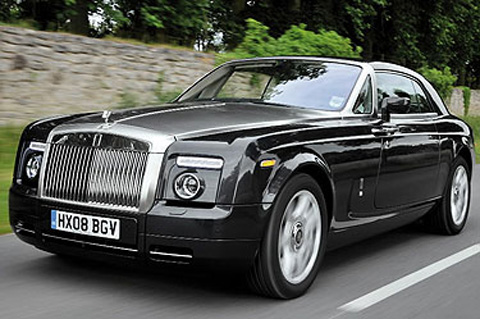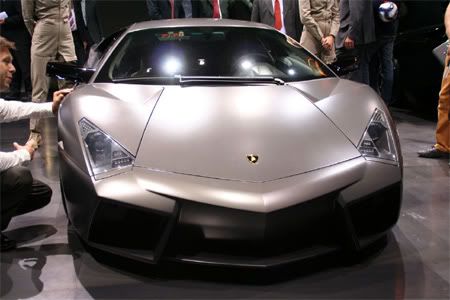


 Lexus Automobiles Pictures
Lexus Automobiles PicturesLexus originated from a clandestine flagship sedan project that began in 1983. This effort developed into the original Lexus LS, which was the first vehicle to wear the Lexus marque upon its launch in 1989. In following years, Lexus added sedan, coupe, convertible, and SUV models. In 2005, a hybrid version of the RX crossover debuted, and additional hybrid models were subsequently introduced to the Lexus lineup. In 2007, Lexus launched its F marque performance division with the arrival of the IS F sport sedan. From the start of production, Lexus vehicles have been consistently produced in Japan, with manufacturing centered in the Chūbu and Kyūshū regions, and in particular at Toyota's Tahara, Aichi, Chūbu and Miyata, Fukuoka, Kyūshū plants. Assembly of the first Lexus built outside the country, the Ontario, Canada-produced RX 330, began in 2003. Following a corporate reorganization from 2001 to 2005, Lexus operates its own design, engineering, and manufacturing centers, solely responsible for the division's vehicles. New Lexus vehicles in development include convertibles, crossovers, and dedicated hybrids. Lexus officials have indicated the marque's intentions to produce future production models using further dedicated platforms,[131] as is the case for the LS flagship. The entry-level Lexus ES, in particular, had been chided for being too similar to the Toyota Camry, its shared platform cousin, in both styling and powertrain design. Lexus prototypes have been spotted testing at the Nürburgring test track in Germany.




































